MQ-2 Smoke Gas Sensor Module Overview
The MQ-2 Smoke Gas Sensor Module is a high-sensitivity gas detector built to detect smoke and a variety of flammable and toxic gases such as carbon monoxide (CO), methane (CH4), propane (C3H8) and hydrogen (H2). With a broad detection range and an analog output that maps to 0-5V, it is ideal for smoke alarms, air quality monitoring and DIY safety systems.
Key Features of MQ-2 Smoke Gas Sensor
- Detects smoke, CO, methane, propane and hydrogen with high sensitivity
- Wide detection range: 100 to 10,000 ppm for flexible monitoring
- Analog output (0-5V) proportional to gas concentration for easy measurement
- Fast response time (≤10 seconds) for prompt warnings
- Durable construction and long service life for reliable operation
- Simple 4-pin interface for plug-and-play integration with microcontrollers
Specifications
- Gases detected: Smoke, carbon monoxide (CO), methane (CH4), propane (C3H8), hydrogen (H2)
- Detection range: 100 to 10,000 ppm
- Operating voltage: 5V DC
- Output type: Analog (0-5V)
- Response time: ≤10 seconds
- Preheat time: ≥24 hours for stable and accurate readings
- Operating temperature: -20°C to +50°C
- Dimensions: approx. 32mm x 22mm x 27mm
Applications
- Smoke alarms and fire detection systems
- Home, office and industrial safety monitoring
- Air quality and environmental monitoring projects
- DIY electronics, robotics and smart home automation
- Prototype and product development for gas safety devices
Integration with Arduino, Raspberry Pi and Microcontrollers
The module provides a simple 4-pin interface for quick connection to controllers. Typical pinout:
- VCC: 5V power supply
- GND: Ground
- A0: Analog output (0-5V) proportional to gas concentration
- D0: Digital output (threshold switch on many modules) — check module variant
Basic Arduino example: connect A0 to an analog input (A0), read the voltage and convert to a relative gas level. Remember to allow the module to preheat for at least 24 hours before calibration for stable results.
Calibration and Best Practices
- Preheat the sensor for at least 24 hours before first use to stabilize readings.
- Calibrate in fresh air to determine a baseline sensor resistance or voltage.
- Use moving averages or threshold logic to filter noise and prevent false alarms.
- Avoid exposing the sensor to high humidity, dust and corrosive gases for prolonged periods.
- Implement periodic checks and replacements in critical safety systems.
Why Choose the MQ-2 Smoke Gas Sensor Module
The MQ-2 module combines affordability, wide-range detection and easy integration, making it a top choice for hobbyists, engineers and product designers building cost-effective smoke detection and air quality solutions. Its analog output and fast response time make it especially suitable for rapid alerting and continuous monitoring applications.
Note: Images are for illustration purposes only.

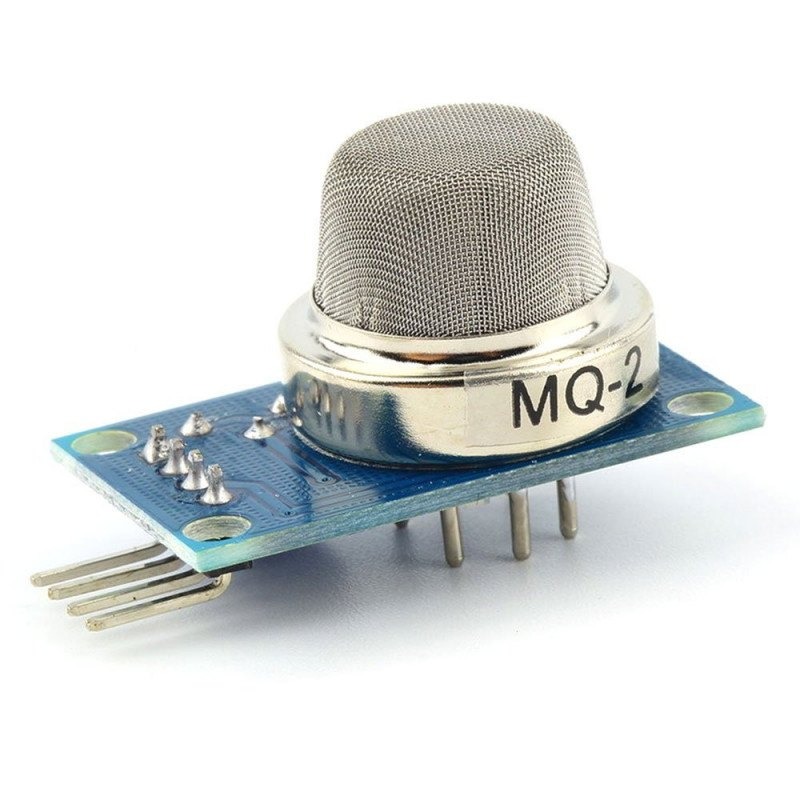
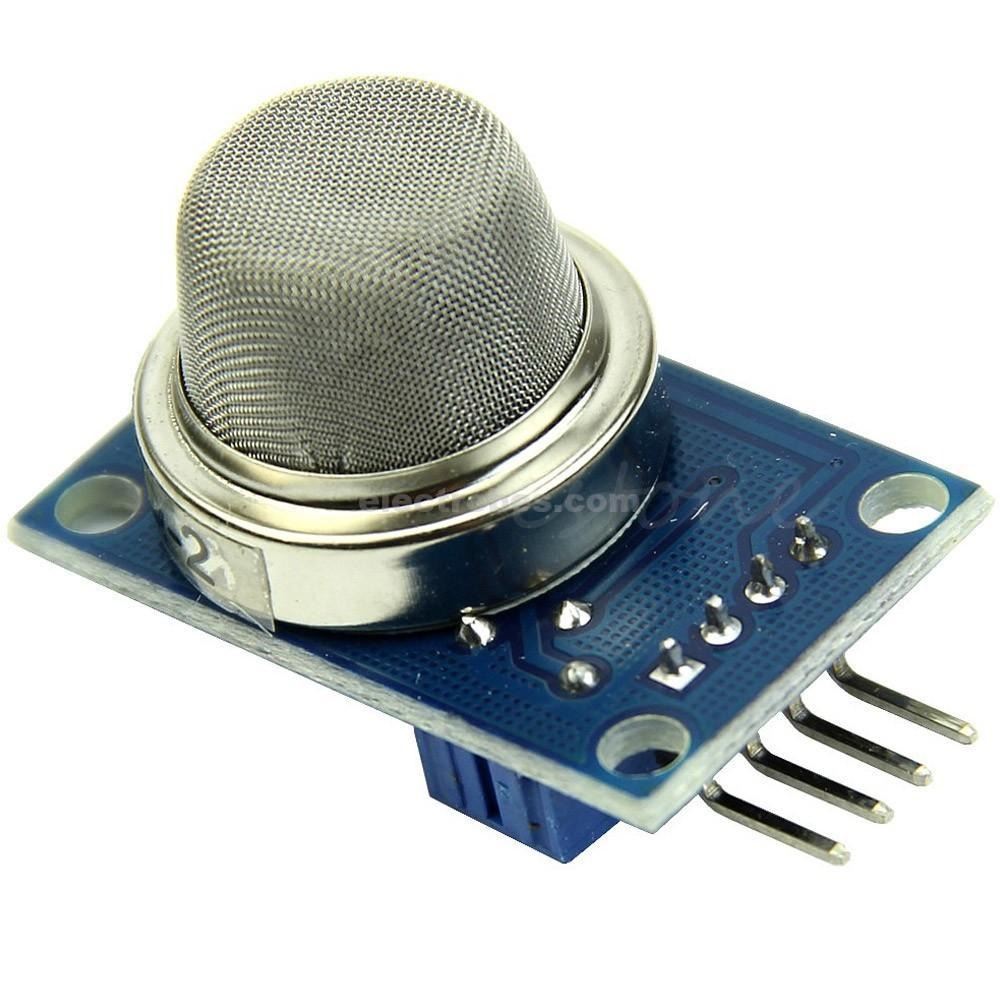
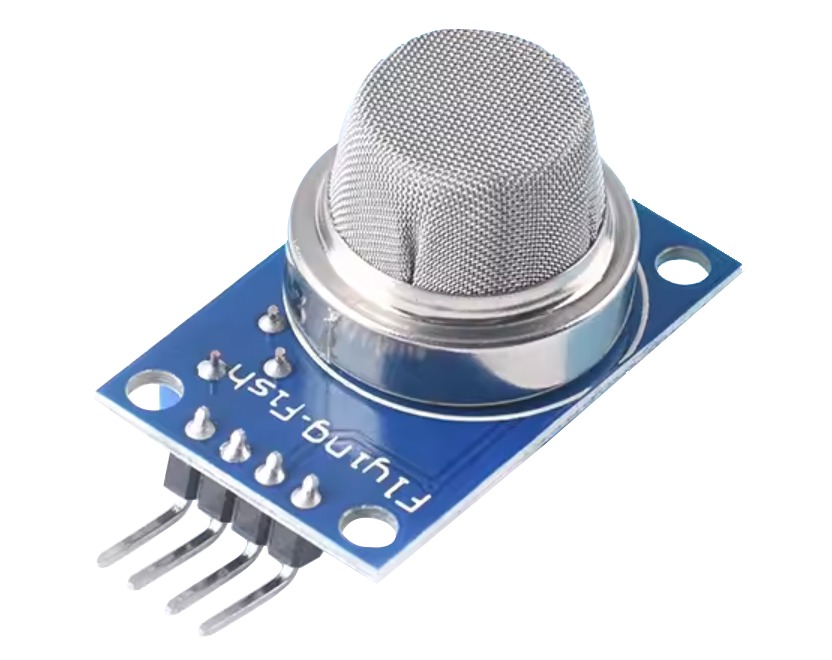

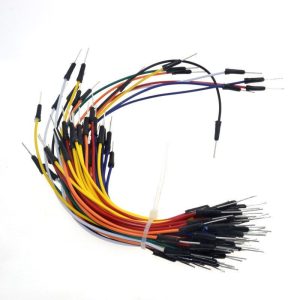
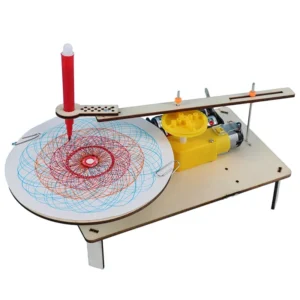
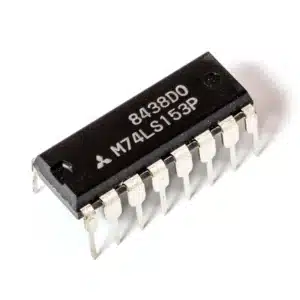
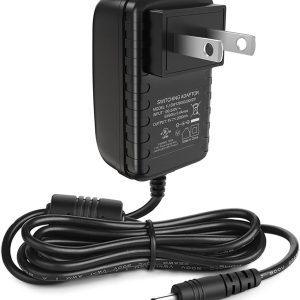
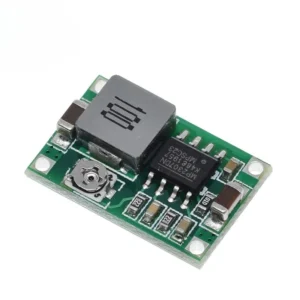

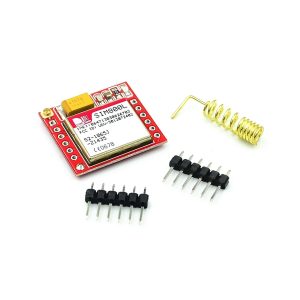
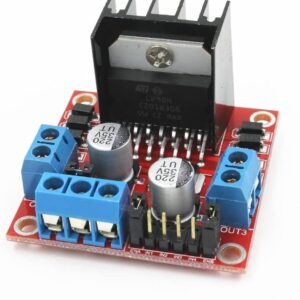
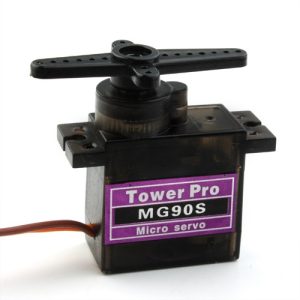
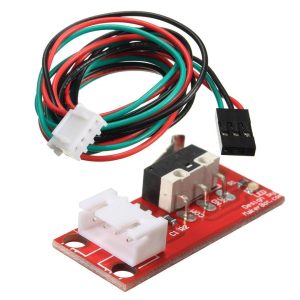

There are no reviews yet.